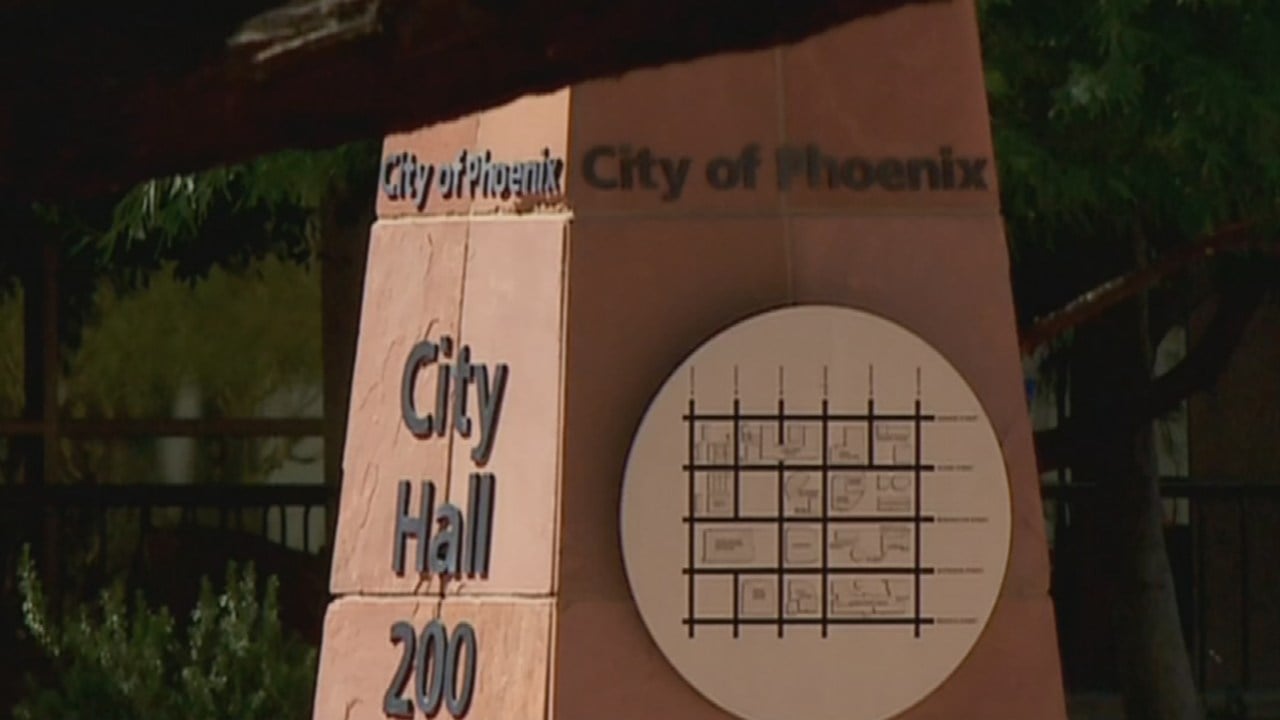

IDE’s director estimates their desalinated water would cost roughly $2,200 to $3,300 per acre foot. That’s roughly the amount used each year by an average family of three in Phoenix, according to the state’s director of water resources. At the moment, cities in the state typically pay about $50–$150 for one acre-foot of water-or 326,000 gallons, enough to cover an acre of land in a foot of water. Third, the desalination process is hugely energy intensive, and its large-scale use can generate significant greenhouse gas emissions-which are the source of the climactic changes limiting the region’s water supply in the first place.Įven ignoring those environmental risks, the cost for Arizona residents could be great. First, where the water is desalinated on the Mexican coast, the waste salt would likely need to be deposited back into the Sea of Cortez, threatening an area so rich in wildlife that Jacques Cousteau called it “the world’s aquarium.” Second, the project’s pipeline would cut through land home to Mexican people and wildlife, and, on the Arizona side of the border, the Organ Pipe National Monument. As a result, she adds, “desalination is being presented as an inevitable fate for Arizona.” Importing problemsĮnvironmentalists say the IDE desalination project would harm the planet on several fronts. The prospect of slowing Arizona’s population growth “is the 800 pound gorilla in the room that no water authority wants to talk about, because it’s politically untenable to do so,” Wilder says. Margaret Wilder, a human and environmental geography professor at the University of Arizona’s School of Geography, Development & Environment, warns that large-scale desalination projects could be used by the real estate industry to justify “much more unsustainable development in the desert in future.”

states become dependent on good relations with a foreign country for their survival. But critics see a different future, one where imported water fuels environmental destruction and soaring utility prices for consumers, and where U.S. Home builders and agribusiness groups see in such proposals the promise of an infinite, “drought-proof” water supply that could sustain the southwest’s growth for decades to come. Nevada, which has been growing rapidly for half a century, regularly discusses similar ideas. In Utah, where migration is driving never-before-seen growth, a legislative committee has floated the idea of building a pipeline from the Pacific Ocean to refill the parched Great Salt Lake. But today, intensifying droughts and population explosions are pushing southwestern leaders to consider huge projects that would bring water from ever further away. In Arizona, more than 80% of the population relies on a man-made channel that diverts water from the Colorado River on the state’s western edge to population centers further east. Canal systems that did just that were crucial to the U.S.’ westward expansion in the 1800s. Moving water from water-rich areas to dry ones is nothing new. (As well as families, other thirsty new arrivals to the state include tech companies, whose data centers require millions of gallons of water to keep servers from overheating.) were in Arizona, according to census data, with Maricopa County, where Rio Verde Foothills is located, at number eight on the list. In 2022, four of the ten fastest-growing counties in the U.S. Yet at the same time, Arizona is enthusiastically welcoming tens of thousands of new residents-lured by cheap housing and endless sunshine-each year. Meanwhile some cities, like Tucson, have gone to great lengths to cut back on the amount of water used per resident. Since 2000, as the Colorado River has dried up, Arizona has become increasingly reliant on pumping groundwater, which today provides 41% of the state’s needs.

But that is precisely the question that authorities and developers in Arizona are mulling as they look to sustain one of the nation’s biggest population booms. The answer, given the Rio Verde Foothills ’s current plight, may seem obvious. The drama in Rio Verde Foothills encapsulates, in miniature, an existential question facing the whole of Arizona: in an era where climate change is shrinking the water supply, should the desert state keep building homes that depend on water from elsewhere?


 0 kommentar(er)
0 kommentar(er)
